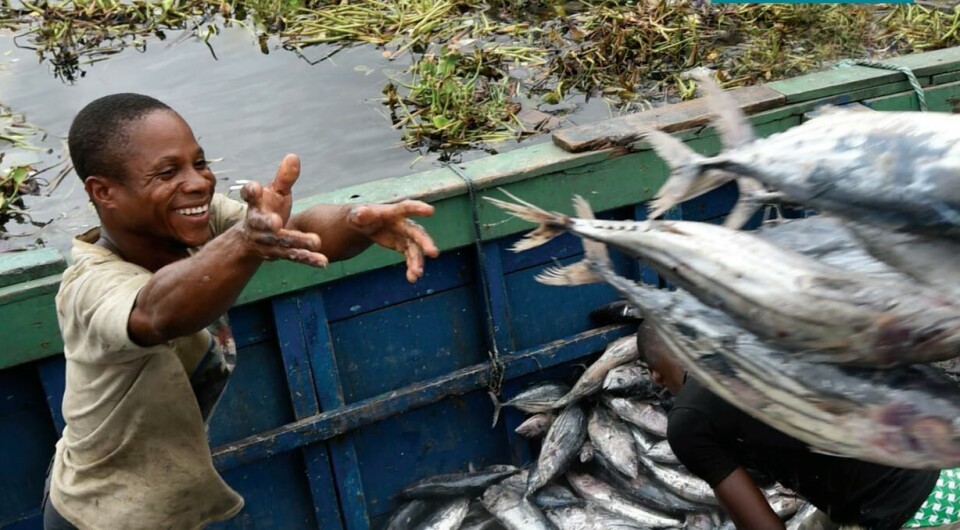
Aquaculture takes world fish production to new record
Increases in the amount of fish produced by aquaculture pushed global fish production to an all-time high of about 171 million tonnes in 2016, according to a new report by the United Nations Food and Agriculture Organisation (FAO).
Aquaculture represented 47% of the total and 53% if non-food uses (including reduction to fishmeal and fish oil) are excluded, according to the report, called The state of world fisheries and aquaculture.
Global total capture fisheries production, as derived from the FAO capture database, was 90.9 million tonnes in 2016, a small decrease in comparison to the two previous years.
The FAO report points out that with capture fishery production relatively static since the late 1980s, aquaculture has been responsible for the continuing impressive growth in the supply of fish for human consumption.
80 million tonnes of food fish
Global aquaculture production (including aquatic plants) in 2016 was 110.2 million tonnes, with the first-sale value estimated at $243.5 billion. The first-sale value, re-estimated with newly available information for some major producing countries, is considerably higher than previous estimates. The total production included 80 million tonnes of food fish ($231.6 billion) and 30.1 million tonnes of aquatic plants ($11.7 billion) as well as 37,900 tonnes of non-food products ($214.6 million).
The study stresses that the contribution of aquaculture to the global production of capture fisheries and aquaculture combined has risen continuously, reaching 46.8% in 2016, up from 25.7% in 2000. With 5.8% annual growth rate during the period 2001–2016, aquaculture continues to grow faster than other major food production sectors, although it no longer enjoys the high annual growth rates experienced in the 1980s and 1990s.
China out in front
The FAO’s preliminary estimates for the amount of fish consumed per capita in 2017 point to further growth to about 20.5kg. The expansion in consumption has been driven not only by increased production, but also by a combination of many other factors, including reduced wastage, better utilisation, improved distribution channels and growing demand, linked with population growth, rising incomes and urbanisation.
China, by far the major producer of farmed food fish in 2016, has produced more than the rest of the world combined every year since 1991. The other major producers in 2016 were India, Indonesia, Viet Nam, Bangladesh, Egypt and Norway. Farmed aquatic plants included mostly seaweeds and a much smaller production volume of microalgae. China and Indonesia were by far the major producers of aquatic plants in 2016.






















































